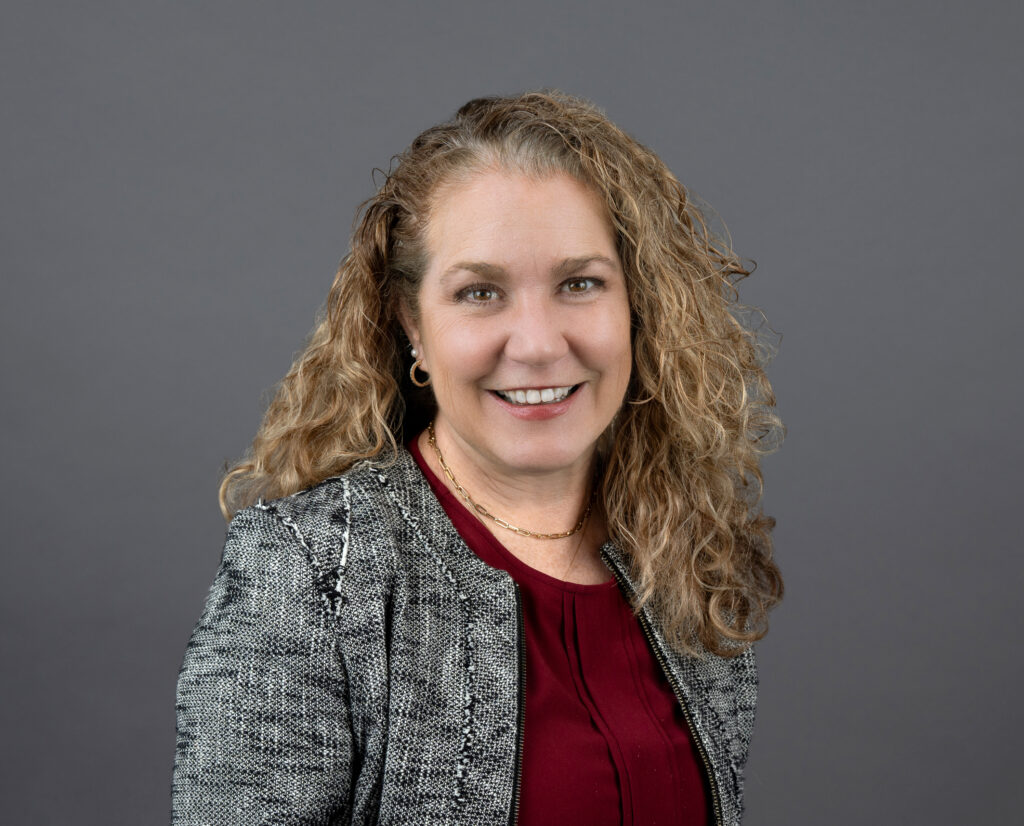Sleep troubles and nighttime bathroom visits are more than just inconvenient—they’re common, frustrating health challenges that affect millions of older adults. But what if both problems could be treated at the same time?
Thanks to a new National Institutes of Health-funded multi-center clinical trial, researchers at the University of Utah are testing just that: a combined behavioral treatment aimed at improving insomnia and nocturia (frequent nighttime urination) in older adults.
“This grant aims to improve sleep in older adults by addressing two common problems, insomnia and nocturia, that are both amenable to behavioral treatment strategies,” said Dr. Alayne Markland, Chief of the Division of Geriatrics and Director of the U’s Center on Aging. “A combined intervention is a new contribution to both fields.”
This new study builds on earlier pilot research funded by the National Institute on Aging (NIA), where the team found encouraging results using a behavioral approach that tackled both sleep and bladder symptoms. The hope now is to test that approach on a broader scale—and eventually bring it into everyday care.

“Bladder problems and sleep disruption are two common issues for older adults,” Markland said. “Our goal is to treat both problems with one treatment.”
Dr. Markland’s role is to help ensure that each site delivering the therapy follows the protocol closely, maintaining consistency and quality across the trial. And if the approach proves successful, there’s a plan to go even further.
“If this behavioral intervention is effective for improving sleep and nocturia, our goal is to train others using our intervention to deliver better care,” she explained.
The research is deeply collaborative, involving four clinical sites and a long-standing network of clinician-researchers with experience in geriatrics, sleep medicine, and urology.
“By design, this work involves 4 sites with a long-standing team science approach,” said Markland. “We hope to continue this collaboration with future funding and new projects that utilize our existing infrastructure.”
Looking ahead, the team is already thinking about how to make this treatment more accessible—possibly through mobile technology that could bring support to patients right where they are.
“If successful, this intervention could be modified to be delivered through mobile health technology, which would also increase access to care,” she said.
The broader vision is clear: improve quality of life for older adults and influence how both sleep and bladder health are treated in the future.
“Sleep disruption and nocturia are both highly prevalent in older adults,” Markland said. “Having a combined treatment for both could improve the health and wellbeing of older adults. This research may inform clinical guidelines in both fields.”
To learn about this research, please contact Dr. Markland. 📧
🔗 Click here to discover more research impact stories.

